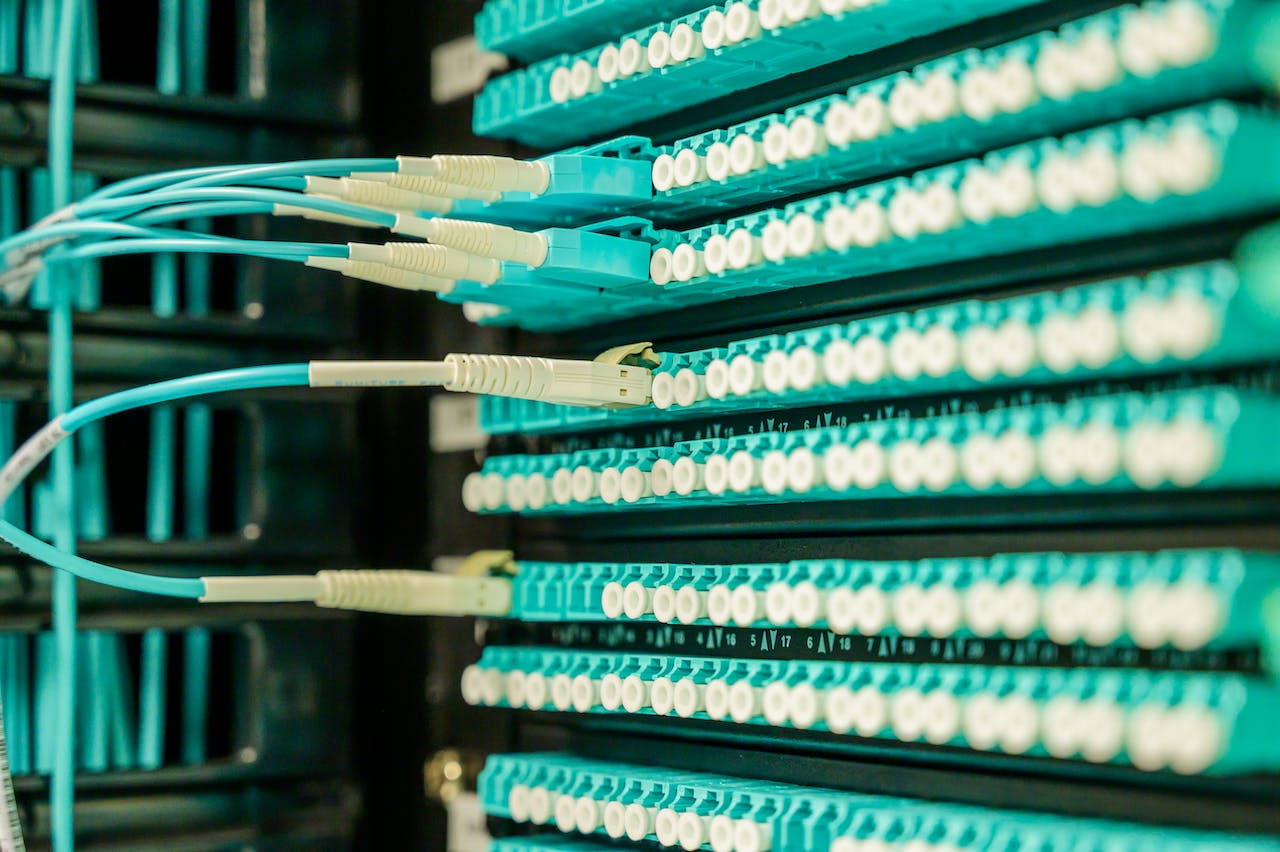Last update at :2024-01-19,Edit by888u
We are familiar with the CentOS system and generally use YUM (Yellowdog Updater, Modified) to manage software packages. YUM is the default package manager for CentOS 7 and older versions of RHEL and Fedora. This article introduces some common YUM commands, including YUM commands to install software, update software packages, uninstall software packages, search for software packages, etc. However, it has largely been replaced by its successor Dandified YUM (also known as DNF) in most newer RPM-based distributions, including CentOS 8, RHEL 8, and Fedora 22 (and later).
Preparation before starting
1. Prepare a CentOS/RHEL 7 system
Systems running on CentOS/RHEL 7, Fedora 21, or any earlier distribution. Other Linux distributions that use the APT package manager can also be used. If there is no compatible system yet, you can reinstall the system.
2. Connect to Banwagonhost SSH
Secondly, we need to connect to the Banwagonhost VPS via SSH before we can perform a series of operations.
Use YUM to upgrade packages
1. Update installed software packages
sudo yum update2. List installed software packages that can be updated
sudo yum list updates3. Update specific software packages (taking Apache as an example)
sudo yum update httpdUse YUM to install packages
1. Install the software package (taking PHP as an example)
sudo yum install php2. Reinstall the software package
sudo yum reinstall phpUse YUM to uninstall packages
1. Uninstall the software package (taking MariaDB as an example)
sudo yum remove mariadb-server2. Delete a package and all dependent packages installed with it
sudo yum autoremove mariadb-server3. Use the autoremove command without specifying a package to identify and delete system dependencies that are no longer needed
sudo yum autoremoveSome useful YUM options
1. Install multiple software packages at the same time (the following commands install Apache, PHP and MariaDB in a single command)
sudo yum install httpd php mariadb-server2. To specify a specific version of the software package, please add – and the required version number after the package name
sudo yum install neovim-0.3.8To list the available versions of a package, use the –showdupicates option with the list command and the name of a specific package:
sudo yum list neovim --showduplicates3. Automatically confirm, use -y or –assumeyes option
sudo yum install neovim -yFind and search packages
1. List all packages in the YUM repository
sudo yum listList all packages that can be installed on the system via YUM's repository:
sudo yum list availableList all packages currently installed on the system:
sudo yum list installedList packages added to the YUM repository in the past week:
sudo yum list recent2. Search for available YUM packages (take git as an example)
sudo yum search gitSearch multiple keywords:
sudo yum search version control3. Search for packages based on commands (such as finding packages containing the pip3 command)
sudo yum provides pip34. Get other detailed information about the package
sudo yum info python365. Get the dependency list of a given package
sudo yum deplist python36Add YUM repository method
Like other Linux package managers, YUM allows adding repositories in addition to the default repositories. The following mainly introduces how to add Extra Packages for Enterprise Linux (EPEL).
1. Install EPEL repository
sudo yum install epel-release2. Verify that the EPEL repository is in use
sudo yum repolist3. Once the repository is added, you can install packages from it just like you would from the default repository. This example installs Nagios, which is available in the EPEL repository but not in YUM's default repository
sudo yum install nagiosGet more help using YUM
You can use the -h or –help command to get more help information.
sudo yum helpRecommended discounts/cost-effective packages for bricklayers
Warm reminder: If you have difficulty choosing, just choose the CN2 GIA-E plan in the middle. The quarterly payment is $49.99, and you can switch between up to 12 computer rooms at will.Banwagonhost discount code: BWH3HYATVBJW, discount 6.58%, available everywhere. The table below summarizes more preferential packages for bricklayer removal.
| CN2 (cheapest) | 1GB | 1 core | 20GB | 1TB | 1Gbps | DC3 CN2 DC8 ZNET | $49.99/year | Buy |
| CN2 | 2GB | 1 core | 40GB | 2TB | 1Gbps | $52.99/half year $99.99/year | Buy | |
| CN2 GIA-E (Most recommended) | 1GB | 2 cores | 20GB | 1TB | 2.5Gbps | DC6 CN2 GIA-E DC9 CN2 GIA Japan SoftBank JPOS_1 China Unicom Netherlands EUNL_9 | $49.99/quarter $169.99/year | Buy |
| CN2 GIA-E | 2GB | 3 core | 40GB | 2TB | 2.5Gbps | $89.99/quarter $299.99/year | Buy | |
| HK | 2GB | 2 cores | 40GB | 0.5TB | 1Gbps | Hong Kong CN2 GIA | $89.99/month $899.99/year | Buy |
| HK | 4GB | 4 core | 80GB | 1TB | 1Gbps | $155.99/month $1559.99/year | Buy |
Select a suggestion:
- Getting started: Los Angeles CN2 package, currently the cheapest, optional CN2 GT computer room, the entry-level choice.
- Recommendation: Los Angeles CN2 GIA-E package, affordable, super fast, with many optional computer rooms, and the most cost-effective.
- High-end: Hong Kong CN2 GIA package, the price is higher, but impeccable.
Recommended site search: China's top ten domain name registrars American space, virtual host evaluation, host server rental, Taiwan proxy server, dynamic IP server, Ministry of Information Industry registration, space service provider, virtual host Hong Kong host, domain name registration center,








发表评论